Call to Schedule Free Consultation at Over 45 Centers Worldwide!
Call to Schedule Free Consultation at Over 45 Centers Worldwide!

Tendonitis, also tendinitis, is a condition that arises when there is an inflammation or irritation of a tendon – a thick, fibrous cord through which muscles act on bones to bring about movement. Tendonitis causes pain and discomfort in and around the affected joint. It can occur in the tendon of any part of the body, however, tendons around the shoulder, elbow, wrist, knee and heel are most commonly affected.
Some common types of tendonitis include:
endonitis generally can occur to anyone, at any age, however it is more common in adults who play sports a lot. Also, people over the age of 40 are more susceptible to developing it, because as tendons age, they are less able to withstand stress, have less elasticity, and therefore more prone to tearing.
Tendonitis may develop in individuals whose jobs or hobbies involve repeated movements, eventually wearing out the tendons. Risk factors predisposing one to developing tendonitis include the following:
Symptoms usually occur at the point of where the tendon attaches to a bone and generally include:
If there is a rupture or tearing of a tendon due to sudden injury, a gap may be felt in the course of the tendon, and movement of affected part will be extremely difficult.
Symptoms may last from a few days to several weeks or months depending on the location and extent of tendonitis.
To make a diagnosis, a doctor will generally ask questions about the symptoms and physically examine you. The doctor will also review your medical history, to know if you have had any previous joint injuries. Questions that may be asked by the doctor include the following:
In the course of examining you physically, the doctor may ask you to move the affected area in certain ways. These movements, although may be hurtful, are very essential so that the doctor can accurately pinpoint which tendon is really affected. Doctors are usually able to accurately diagnose tendonitis based on your symptoms and medical history along with the outcome of your physical examination.
People with Achilles and rotator cuff tendonitis may need MRI scans to help assess the extent of the tendon damage. Also, blood tests may be carried out to help check for other underlying conditions, such as rheumatoid arthritis or gout, that may cause inflammation.
Treatment of tendonitis focuses on alleviating pain and reducing inflammation. The following treatment options when meticulously followed will usually heal the affected area.
Rest: Disuse of the affected area will cause the inflammation to reduce gradually. Particularly if tendonitis is caused by a sporting activity or exercise, rest from that activity or exercise is important for recovery, otherwise complications can arise from continued use of affected area. A brace or bandage may be required to restrict movement.
Heat and cold treatment: Applying ice to the affected area may help reduce pain and swelling. This can be done for 10 to 15 minutes, once or twice daily. When applying ice to the affected area, it is important to not apply the ice directly onto the skin. You should either wrap it in a towel or make use of a specially designed ice-pack device. For injuries that have occurred within the last 48 hours, ice is normally the best option, but after this, heat may be a better option.
Pain relievers: these include over-the-counter drugs such as ibuprofen and other non-steroidal anti-inflammatory drugs (NSAIDs). Corticosteroid injections around the affected tendon may help make symptoms better. However, these injections should be controlled as repeated injections may considerably increase the likelihood of a rupture. Physical therapy, involving massaging the affecting area may render relief and speed up the healing process. Also, specific stretching exercises recommended by the physiotherapist may help strengthen the affected tendon and muscle.
Shock wave therapy or surgery: Tendonitis, if left untreated can cause tendon rupture, which usually requires surgery to be corrected. Shock wave therapy is done by passing a shock wave through the skin to break up calcium deposits.
LEARN MORE ABOUT ONGOING CLINICAL STUDIES SPONSORED BY R3 STEM CELL HERE.
Brand Ambassador Gallery
The USA stem cell leader offers procedures in
7 Countries including:
SUCCESS STORIES
R3 STEM CELL MASTER CLASS
Learn everything you need to know about the ever expanding field of regenerative medicine in this 8 part series that includes over four hours of entertaining content!
R3 STEM CELL INTERNATIONAL
R3 Stem Cell International includes 45 clinics in 7 countries. These Centers of Excellence treat all types of conditions with safe, effective protocols by expert stem cell physicians.
FREE STEM CELL CONSULTATION
R3 Stem Cell offers a no cost consultation to see if you or a loved one is a candidate for regenerative cell therapies including cytokines, growth factors, exosomes, and stem cells.
PROVIDER PARTNERSHIP
The R3 Partnership Program offers providers an all-in-one regenerative practice program including marketing, consultations and booked procedures!
The information provided by R3 Stem Cell is not a substitute for professional medical advice, diagnosis, or treatment. Individual results may vary and only your medical professional can explain all the risks and potential benefits of any therapy based on your circumstances. R3 Stem Cell does not recommend or endorse any specific tests, products, procedures, opinions, or other information that may be mentioned on this website. Reliance on any information provided by R3 Stem Cell, its employees, others appearing on this website at the invitation of R3 Stem Cell, or other visitors to the website is solely at your own risk. R3 Stem Cell is not responsible for the outcome of your procedure. The FDA considers stem cell therapy experimental at this point.







CALIFORNIA
FLORIDA
GEORGIA
HAWAII
IDAHO
ILLINOIS
INDIANA
IOWA
KANSAS
KENTUCKY
LOUISIANA
MARYLAND
MASSACHUSETTS
MICHIGAN
MINNESOTA
MISSISSIPPI
MISSOURI
NEBRASKA
NEW JERSEY
NEW YORK
NEW MEXICO
NEVADA
NORTH CAROLINA
OHIO
OKLAHOMA
OREGON
PENNSYLVANIA
RHODE ISLAND
SOUTH CAROLINA
SOUTH DAKOTA
TENNESSEE
The USA stem cell leader offers procedures in
7 Countries including:
Copyright © 2017-2024 R3 Stem Cell. All Rights Reserved.